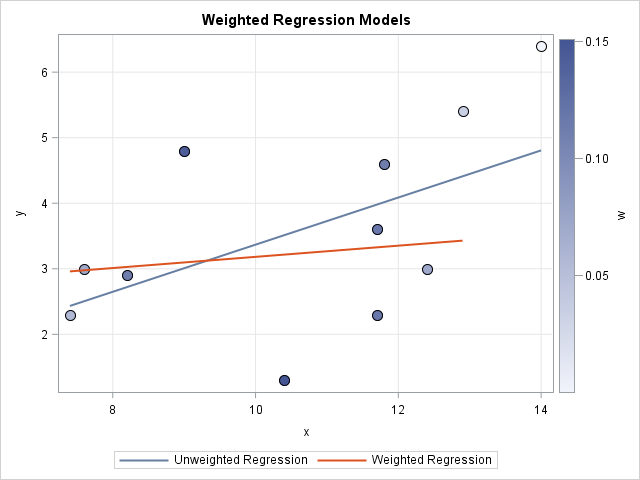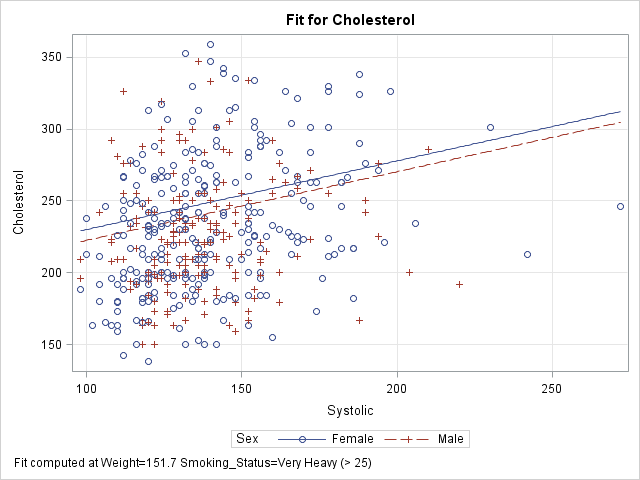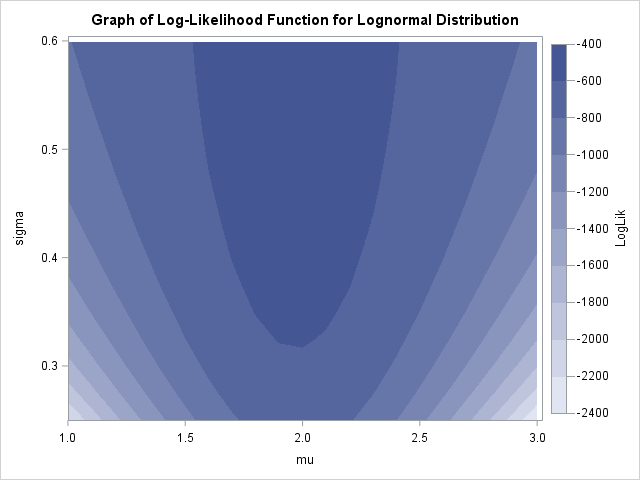Last week I wrote about the 10 most popular articles from The DO Loop in 2017. My most popular articles tend to be about elementary statistics or SAS programming tips. Less popular are the articles about advanced statistical and programming techniques. However, these technical articles fill an important niche. Not everyone needs to know how to interpret a diffogram that visually compares the differences between means between groups, but those who do often send me a note of thanks, which motivates me to research and write similar articles.
Statistical programmers might want to review the following technical articles from 2017. This ain't summertime, and the reading ain't easy, but I think these articles are worth the effort. I've broken them into three categories. Enjoy!Statistical Concepts

- Quantile Definitions: Did you know that SAS supports five different methods to estimate univariate quantiles? Two are linear interpolation methods and three are discrete rounding methods. When you report quantiles for small data sets, it is important to specify how the quantiles were computed. In fact, there are nine common definitions of quantiles. For large data sets, these often provide similar estimates.
- Mean Value Imputation: It is easy to perform mean-value imputation in SAS, but should you? Although imputing missing values by using the mean is a popular imputation technique, make sure you are aware of the serious problems with mean imputation.
- Weighted Analyses: In SAS, many procedures support a WEIGHT statement. However, all weights are not created equal: different areas of statistics use weights in different ways. Learn about various ways to use and interpret weight variables in statistical analyses.
Statistical Data Analysis and Visualization

- Regression Splines: Splines enable you to use a linear modeling procedure to fit data that appears to have nonlinear relationships. This article shows how to use the EFFECT statement in SAS to include cubic splines in regression models.
- Difference of Medians: Every elementary statistics class shows how to analyze the difference between the means of two groups. This article shows how you can use SAS to analyze the difference between medians of groups.
- Principal Component Regression: One way to handle multicollinearity in regression is by a technique known as principal component regression (PCR). It is easy to perform PCR in SAS, but be aware of the advantages and disadvantages of principal component regression, as well as alternatives to PCR.
- Visualize multivariate regression A few regression procedures in SAS support the EFFECTPLOT statement, which you can use to visualize multivariate regression models. If you are using other regression procedures, you can score the model on a special set of points to create a sliced fit plot.
Advanced SAS Programming Techniques

- Maximum Likelihood Estimation: Maximum likelihood estimates can be tricky. You first need to define the log-likelihood function. You then need to supply initial guesses and call a nonlinear optimization subroutine that will find parameter values that maximize the likelihood function.
- Modify GTL Templates: SAS procedures use ODS statistical graphics to automatically produce graphs that accompany a statistical analysis. However, sometimes you need to modify the graph that a procedure creates. This article describes a general programming technique that modifies the GTL template which underlies a graph.
- Reorder SAS Output: PROC DOCUMENT has been called "the most underutilized tool in the ODS toolbox." The procedure can do many things, but this article focuses on how to change the order of the output that come out of a SAS procedure.
If you are searching for a way to enhance your SAS knowledge in this New Year, I think these 10 articles from The DO Loop are worth a second look. Was there an article from 2017 that you found particularly useful? Leave a comment.

4 Comments
For me, the post of 2017 was "A SAS programming technique to modify ODS templates". I had to read the article a few times, but when the penny finally dropped, it dropped good.
Thank you for a great 2017 at The Do Loop Blog Rick, I look forward to all the great posts to come in 2018.
Regards
Thanks for writing. I'm so glad! I spent hours reading Kuhfeld's papers and many more hours writing and rewriting the article to make it as simple as possible. Warren read early drafts and provided feedback that helped improve the article.
Hi Rick! This is Dane. Will you be doing a similar blog, "10 posts from 2018 that deserve a second look"?
Yes.